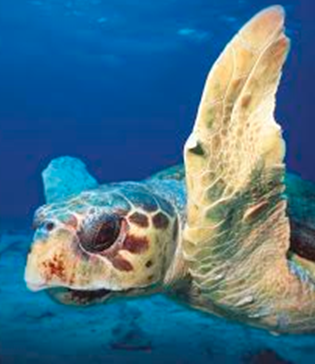Speaker
Dr
Vladimir Ivovic
(Faculty of Mathematics, Natural Sciences and Information Technologies, University of Primorska, Koper - Capodistria, Slovenia)
Description
Legal and illegal dumpsites pollute nature and natural resources, and directly or indirectly affect the health of humans and animals. Both commensal and wild rodents are also attracted by organic waste. Increased density of different rodent species leads to direct contact and transmission of pathogens between them.
Toxoplasmosis is the most widespread infections among warm-blooded animals, including man, at the global level. One of the indicators of the prevalence of toxoplasmosis in a given area is the infection rate of rodents as intermediate host. Using collected samples for the DIVA project, we wanted to determine infection rate of wild and synanthropic rodent species in the study area of Istria (both Slovenian and Croatian part).
We analyzed brain tissue from five rodent species, Rattus rattus, Mus musculus, Apodemus sylvaticus, A. flavicolis and A. agrarius, a total of 136 animals. By real time PCR molecular technique, T. gondii DNA was detected in 4 homogenized brain tissue samples (2.94%), from all of the analyzed species except of black rats. Out of these, two samples had sufficient DNA for genotyping of T. gondii isolates and using RFLP PCR with four markers (SAG1, SAG2, GRA6 and GRA7) we showed the presence of clonal type II.
Due to more prey available, waste sites attract also cats which are consequently more likely to become infected with Toxoplasma parasites. Cats are the definitive hosts in whose intestines sexual cycle of T. gondii takes place, which then contaminate the water and soil by shedding of a large number of cysts through feces. Poor management of illegal waste sites contributes to the higher infection rates in some rodent species which, due to the increased mortality caused by Toxoplasma infection, could end up in the endangered category. Regarding human health, threatened are all those who are directly or indirectly in contact with cysts contaminated water and soil, particularly outdoor cat owners and both professional and occasional farmers as well as seronegative pregnant woman.
Author
Dr
Vladimir Ivovic
(Faculty of Mathematics, Natural Sciences and Information Technologies, University of Primorska, Koper - Capodistria, Slovenia)
Co-authors
Prof.
Elena Buzan
(Faculty of Mathematics, Natural Sciences and Information Technologies, University of Primorska, Koper - Capodistria, Slovenia)
Dr
Mitja Rak
(Nacionalni laboratorij za zdravje, okolje in hrano, Koper - Capodistria, Slovenia)
Ms
Sandra Hasić
(Faculty of Mathematics, Natural Sciences and Information Technologies, University of Primorska, Koper - Capodistria, Slovenia)
Mrs
Sara Zupan
(Faculty of Mathematics, Natural Sciences and Information Technologies, University of Primorska, Koper - Capodistria, Slovenia)

